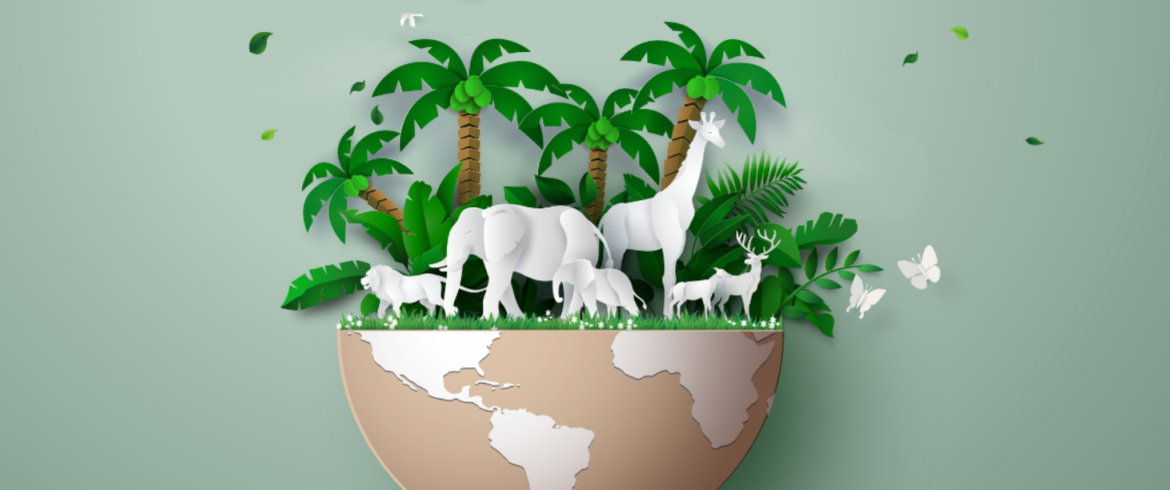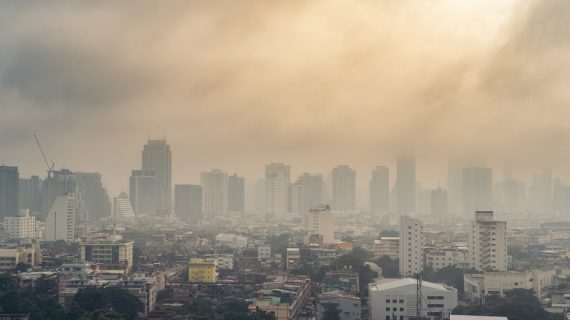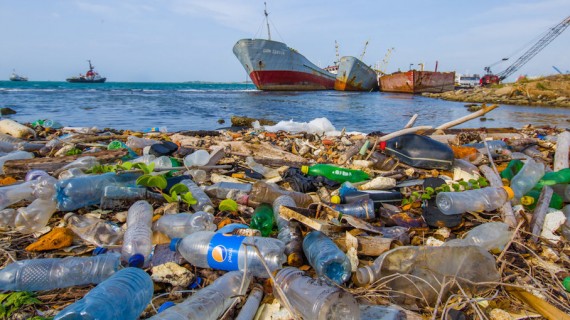Nowadays animal species are going extinct 100 times faster than in the past. Thousands of animals are on the verge of extinction due to pollution, the destruction of their habitat, and climate change. It is essential to change course, to promote biodiversity: let’s see why.
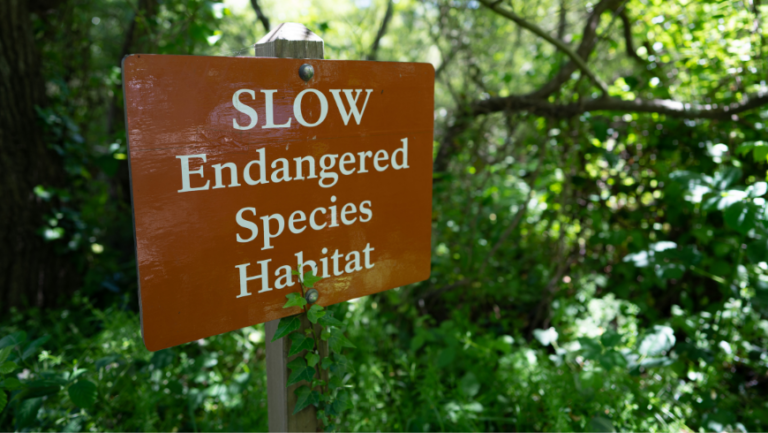
How many animals are endangered?
What does the word “extinction” mean? The term extinction indicates a natural phenomenon in which an animal species, following a slow but constant change, is replaced by the appearance of new species. It is not always a bad thing, but it should be a wake-up call.
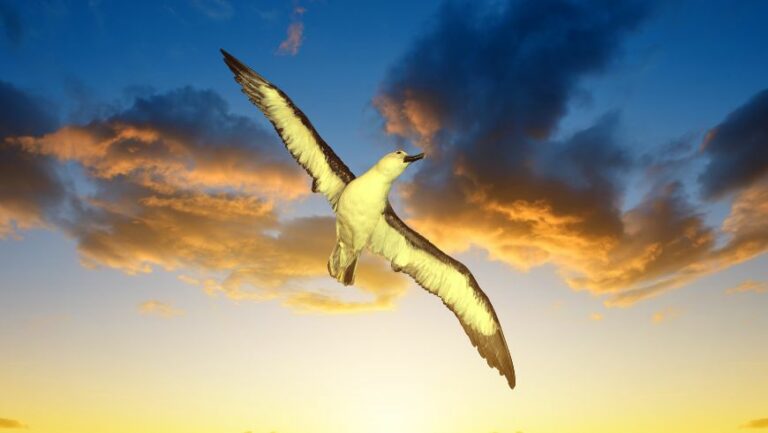
The study carried out by the International Union for Conservation of Nature, which every year publishes the Red List of endangered species, indicates over 42,000 endangered species between animals and plants.
The worst thing is that 515 of these species (including amphibians, reptiles, birds, and mammals) don’t reach 1,000 specimens in the whole world.
Why are they endangered?
What are the main causes which are leading to the extinction of these animal species? There are many causes. As far as large animals are concerned, like gorillas, elephants, rhinos, and tigers, illegal poaching has a huge influence. But other causes may be involved, such as, for polar bears, climate change, and the melting of the glaciers.

Let’s analyse in depth the causes that are leading towards the extinction of these animals.
Certainly, since the 19th century, i.e. since the Industrial Revolution, there have been many important changes that are modifying ecosystems and accelerating climate change. Some of these drastic changes, which are causing the extinction of many animal species are:
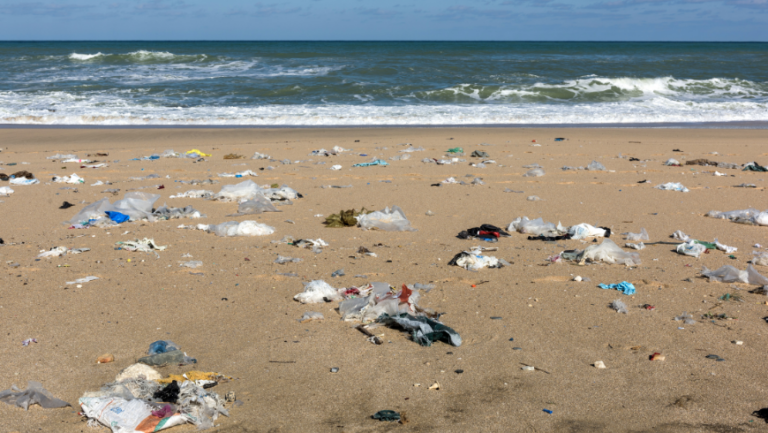
- Climate change: which has significantly increased the average temperature of the planet
- Air pollution: nearly 25% of birds suffer serious damage each year due to air pollution
- Marine pollution: according to WWF, every year about 600 tons of plastic and 500 tons of oil are introduced into our seas, and this causes the destruction of marine ecosystems and the death of many animals
- Soil consumption: the exploitation of the land to build buildings and roads reduces the natural habitats available for animal species
- Deforestation: the loss of ancient forests and huge green areas, such as the Amazon Rainforest, and fires create further problems for animals
- Overexploitation of the planet’s resources: the excessive use of subsoil resources (oil and gas) contributes to the destruction of natural environments
- Intensive uncontrolled hunting and fishing: as a consequence, animal species cannot survive and therefore reproduce
Endangered animal species in the whole world
Here there’s a list of some endangered species in the world and some solutions in order to preserve them:

- Spanish giant tortoise: the extinction of these tortoises found in the Galapagos Islands has been avoided thanks to a captive breeding program
- Borneo pangolin: this species, found in the forests of Southeast Asia, is fortunately protected because just a few specimens remain
- Vaquita: there seem to be only 12 specimens in the Gulf of California. However, they are constantly monitored to avoid permanent disappearance
Endangered animals in Italy
Here we analyse some endangered species in Italy and how the government and the associations are trying to save them:
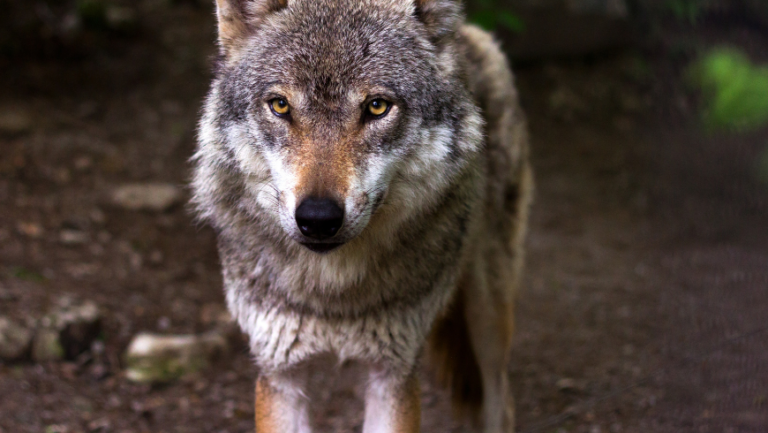
- Alpine ibex: it had risked disappearing at the end of the 19th century, but today it seems that this risk has been avoided and is now protected in the National Parks
- Wolf: in the 70s of the 20th century it was an endangered species. However, thanks to excellent protection projects it has had a good increase
- Bats: they are a new entry since they have become an endangered species since 2017
In order to raise public awareness of this issue, the “World Animal Day” was established. It is held every year on October 4th, on the occasion of the Day of Saint Francis (saint of animals). This day aims to celebrate and protect the rights of all animals in the world.
Cover image via Canva Pro
